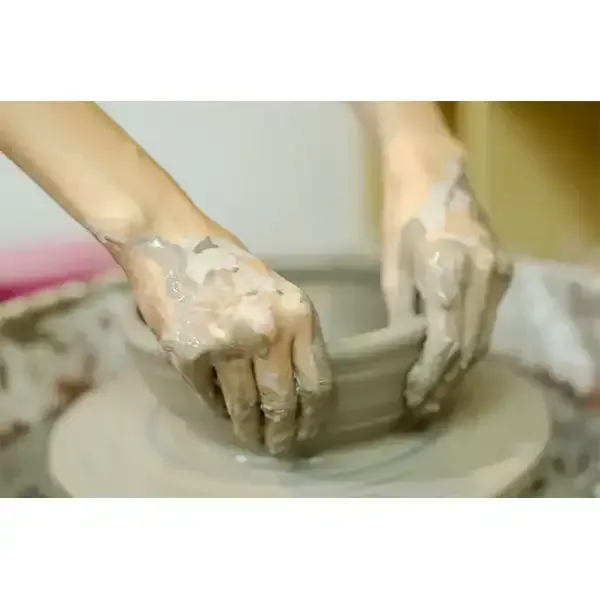Understanding Ceramic Tile Adhesive A Comprehensive Guide
Ceramic tiles are a popular choice for flooring and wall applications due to their durability, aesthetic appeal, and ease of maintenance. However, what often goes unnoticed is the critical role that ceramic tile adhesive plays in ensuring the longevity and performance of these tiles. Choosing the right adhesive is as important as selecting the tiles themselves. In this article, we will delve into the different types of ceramic tile adhesives, their composition, applications, and best practices for effective installation.
Types of Ceramic Tile Adhesives
Ceramic tile adhesives can be broadly categorized into two main types cement-based adhesives and chemical-based adhesives.
1. Cement-based Adhesives These are the most commonly used adhesives for ceramic tiles. They consist primarily of cement, sand, and various additives that enhance performance. Cement-based adhesives are available in two forms dry-set and modified. Dry-set adhesives require water for activation and are suitable for indoor tile installations. Modified cement adhesives contain additional polymers that provide enhanced bonding strength and flexibility, making them ideal for both indoor and outdoor applications.
2. Chemical-based Adhesives These adhesives are often referred to as mastic or pre-mixed adhesives. They are ready-to-use and are made from a combination of adhesives and fillers, primarily solvent-based polymers. While chemical-based adhesives excel in ease of use and are convenient for small projects or DIY homeowners, they are generally not recommended for high-moisture areas like bathrooms and kitchens due to potential degradation.
Composition and Properties
The effectiveness of ceramic tile adhesive largely depends on its composition. High-quality adhesives typically contain polymers that improve adhesion, flexibility, and water resistance. Additionally, additives may be included to enhance properties such as slip resistance and open time, which is the duration an adhesive remains workable after application.
Water resistance is a crucial property, especially in wet areas. Modified cement-based adhesives often provide superior adhesion in submerged conditions. It’s essential to verify that the adhesive complies with relevant industry standards, such as ANSI (American National Standards Institute) or ISO (International Organization for Standardization), ensuring reliable performance.
ceramic tile adhesive

Application Techniques
Proper application is vital for achieving optimal results with ceramic tile adhesives. Below are some steps and tips for effective installation
1. Surface Preparation Ensure that the surface is clean, dry, and free from grease, dust, or debris. Any imperfections or uneven areas should be leveled before applying the adhesive.
2. Mixing the Adhesive For cement-based adhesives, it’s important to accurately follow the manufacturer’s instructions when mixing. The consistency of the adhesive should be creamy and not too stiff, allowing for easy application.
3. Applying the Adhesive Use a notched trowel to spread the adhesive evenly on the surface. The size of the trowel notch should correspond with the tile size to ensure proper coverage and bonding.
4. Setting the Tiles After applying the adhesive, press the tiles firmly into place, twisting slightly to engage the adhesive. Avoid moving the tiles after they are set to prevent breaking the bond.
5. Curing Time Allow the adhesive to cure properly as per manufacturer guidelines before grouting or subjecting the tiles to foot traffic. This ensures a secure bond and prevents future tile displacement.
Conclusion
Ceramic tile adhesive is a fundamental component that contributes significantly to the performance, durability, and longevity of tile installations. By understanding the various types of adhesives available, their properties, and proper application techniques, homeowners and professionals alike can ensure successful tile projects that stand the test of time. Whether you are renovating a bathroom or updating your kitchen backsplash, selecting the right ceramic tile adhesive is essential for achieving beautiful and long-lasting results.
-
Rdp that The Revolutionary Polymer Powder Transforming Modern Construction MaterialsNewsAug.11,2025
-
Hpmc Powder that Versatile Additive for Detergents and Personal CareNewsAug.11,2025
-
Hpmc Hydroxypropyl Methylcellulose that Essential Building Material Additive from Shijiazhuang Gaocheng YongfengNewsAug.11,2025
-
Hydroxypropyl Methyl Cellulos Hpmc that Essential for Construction ApplicationsNewsAug.11,2025
-
Mhec Powder that Revolutionizing Construction Chemistry with Cellulose Ether SolutionsNewsAug.11,2025
-
Industri Hpmc that The Global Backbone of Advanced ConstructionNewsAug.11,2025




